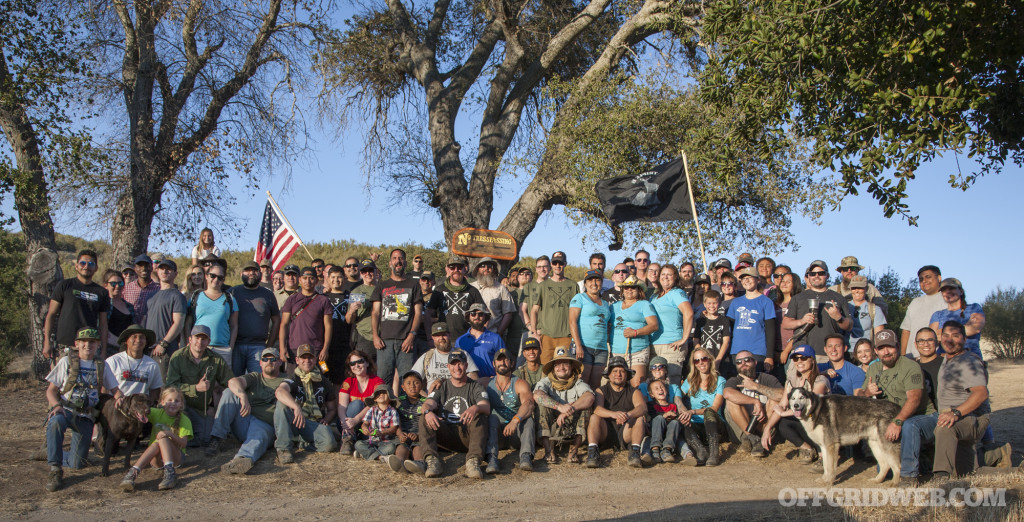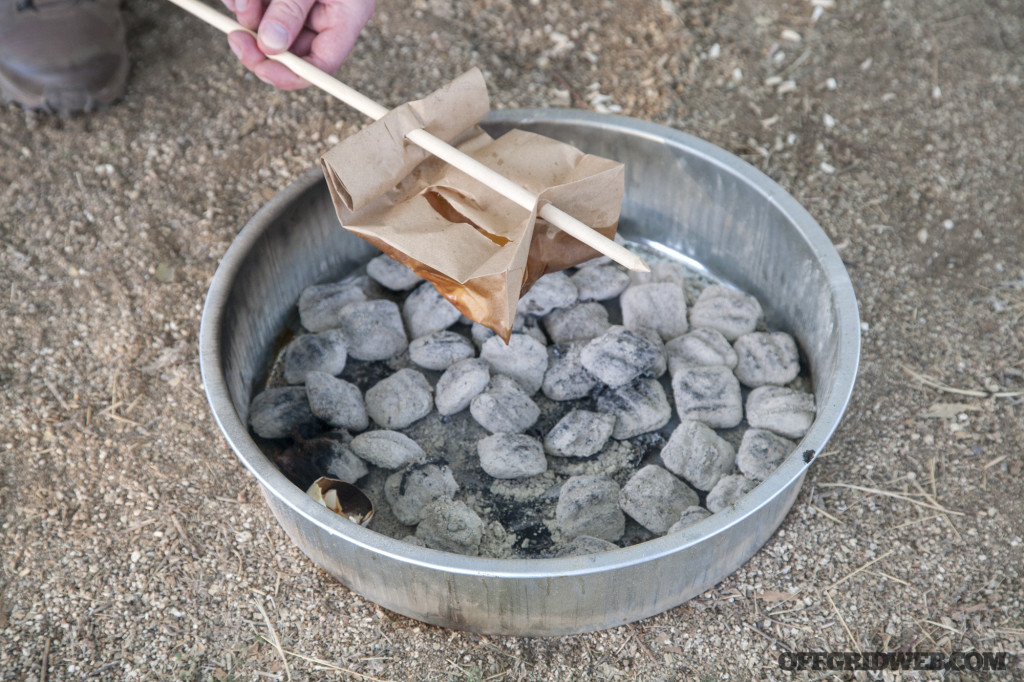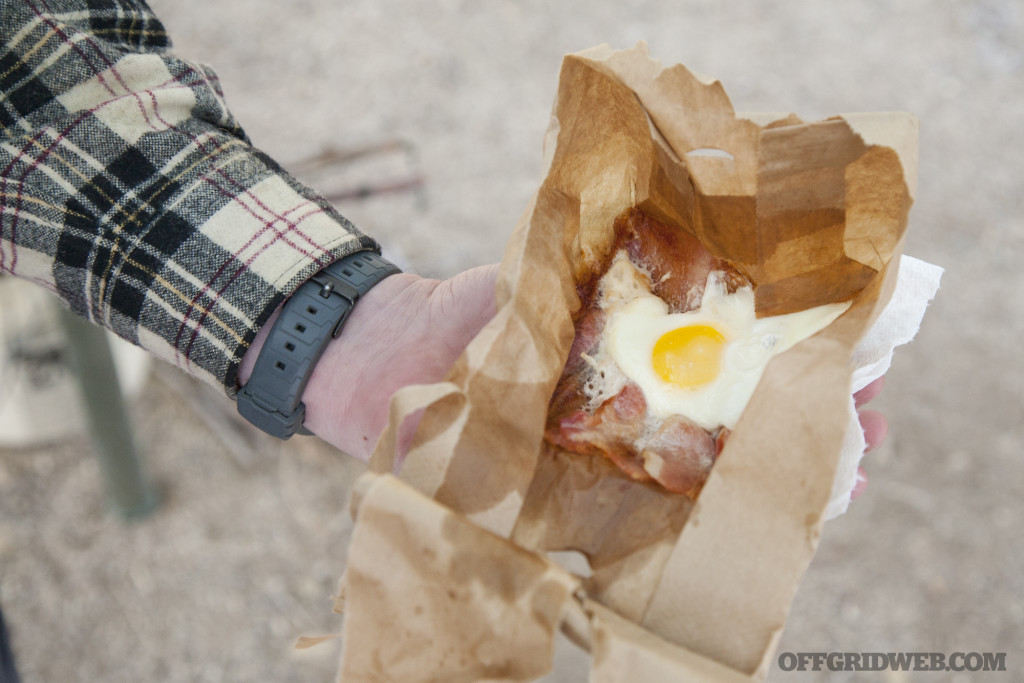Illustrations by Jordan Lance
As the fat raindrops pounded against the windshield, it grew harder and harder to see the dim red taillights of the vehicle ahead. I was clear-headed and wide awake, but the whole scene had the feeling of a foggy dream — the kind in which everything moved at half speed, except for my mind.
The rain lessened, and as the visibility cleared a bit, my son spotted a massive twister attached to the cloud bank. Like a serpent, it writhed and slithered through the air. Where it touched the ground, it was wreathed in a ring of debris. As we watched in shock, it started to grow wider. It looked like the finger of God, wiping man’s creation off the surface of his creation. And I felt certain we were in its path, and that it was coming to wipe us off the map.
For this installment of What If? we ask, “What if you’re caught on the open road with your child as a huge tornado forms nearby?” Even if you’re not a parent, this scenario should still hit home for each of us.
The Scenario
Situation Type: Natural disaster
Your Crew: You and your son, Bobby
Location: Tulsa, Oklahoma
Season: Autumn
Weather: Cloudy and unusually warm, 85 degrees F
The Setup: As a history teacher in your late 40s, you’re driving your 15-year-old son, Bobby, to his baseball game across town. Unfortunately, you’re running late. During rush hour. While your ’99 Dodge Durango might be getting long in the tooth, it fortunately still hauls ass when needed. Plus, there’s plenty of room for Bobby’s catcher’s equipment to sit alongside your vehicle’s emergency kit.
The Complication: You’ve just gotten onto U.S. Route 64 when you notice the gray clouds have gotten pretty dark, dropping thick droplets of rain. By the time you merge onto Interstate 244, the rain is so intense that visibility has dropped dramatically. Except for a few knuckleheads, everyone has slowed down. You look at the clock on the dashboard and curse. At this pace, you’re gonna be late. Just as the rain lets up, Bobby calls for you, his voice unusually high for a kid who hit puberty several years before: “Dad! Look!” You turn just in time to see a tornado forming off to your right. You can’t tell how far away it is, but it looks huge.
The New Plan: If you were at home, you’d head for the basement. If you were at work, you’d head to the nearest designated storm shelter, most likely the local school’s storm-resistant gymnasium. But on the open freeway? If the tornado suddenly turns toward you, you might only have seconds to find lower ground, a difficult proposition in a moving vehicle on a concrete expressway with retaining walls on both sides. Will you stop and abandon your vehicle? Or try to outrun this twister?
Survival Expert: Tim MacWelch’s Approach
I’ve seen tornadoes before, but that didn’t lessen the impact of seeing one so large and so close to me and my child. Three instincts battled for the attention of my conscious mind: fight, flight, and sheer panic. Of course, I wanted to flee, to get my son as far away from harm as I could. But in the traffic and with the low visibility, I knew that the chances of getting away swiftly and safely were growing slimmer by the minute. As the traffic ground to a halt, I wondered if we should try to drive on the shoulder of the freeway to outrun the storm. Then I considered what would happen when someone else veered out of the lane in front of us to try the same escape route? The likelihood of a collision took that emergency move off the table.
With traffic now at a virtual standstill, we really only had two choices. Stay in the vehicle, hoping it would offer enough protection should the twister head our way, or get out of the vehicle to seek lower ground.
“Bobby, grab all of your catcher’s gear while I grab the emergency kit,” I told him, trying to hide the panic in my voice, “and get ready to run!”
Through Bobby’s rain streaked passenger window, I looked in the direction of the tornado, desperately hoping it was shrinking or retreating. Instead, it appeared a bit larger and a little closer. Enough was enough. I put the Durango in park, and Bobby fumbled with his baseball equipment trying to gather it in one armload. I stepped out of the vehicle and went around to the back to grab the emergency kit. The wind ripped at my clothing and the raindrops stung as they hit my skin.
Climbing back in the driver seat, I slammed the door and looked at the twister again. Still larger, and the roar of it could now be heard inside the Dodge. Like a freight train from hell, bearing down upon the halted line of traffic. Bobby was ready to jump out of his skin. As I stepped out of the SUV, the howling wind was almost loud enough to hurt my ears. I urged Bobby to join me, and he slowly opened his door.
What happened next was the reason I didn’t take the Durango down the highway shoulder. Out of nowhere, a vehicle came hurtling down the side of the road. It clipped the open door, and the force spun the Durango. Looking like a limp rag doll, I saw Bobby flung from the vehicle, landing hard on his shoulder against the wet pavement. He cried out in pain, and in the short time it took me to reach him, the hit-and-run driver had vanished.
The wind grew louder still, as I scooped up my son’s gear, the emergency kit, and hauled him to his feet. As we fled the road, I yelled at every car I passed, “Get out! Lie down in the drainage ditch!”
Finding the roadside drainage ditch was easy; we virtually fell into it. We were lower than the road, as well as the surrounding land. Thankfully, there hadn’t been enough rain to completely fill the ditch with water. Only a small cold rivulet of muddy water streamed through the excavation. I placed Bobby’s helmet on his head. As my son cradled his injured arm, I held him tightly and placed the catcher’s chest pad over both our heads.

The cold stream of water flowed against our skin as we lay in the open trench, the best shelter we could find. I yelled, “Close your eyes, son!” The tornado was nearly on top of us. With our eyes slammed tight, we couldn’t see the tiny bits of debris that were sailing past us, but we could feel them scratching and penetrating skin. Bobby cried out, and I screamed in response. The wind seemed to blow the sound right back down my throat. Seconds passed, each one feeling like an hour. When I thought I could take no more, the wind slowed and the deafening roar quieted.
A moment later, the noise of the wind diminished to that of a rushing river. Things quieted as the twister dissipated, until all noise ceased. Bleeding from dozens of cuts and splinters, I lifted the padding and looked around. Just as suddenly as it appeared in the nearby field, the tornado vanished from sight.
But it had left its mark, one that the survivors would never forget. The scene could only be described as complete devastation. Vehicles were tumbled like the abandoned toys of some giant toddler. Debris from fences and buildings was strewn all around. Our Durango was barely recognizable, lying upside down on its crushed cabin — 50 feet away from the highway. As I helped Bobby to his feet, the quiet was haunting. The stillness was only broken by the sporadic moans of the injured.
We dropped the catcher’s padding, and Bobby took off his helmet. We then walked, still holding onto each other, toward the nearest victim. I opened my vehicle emergency kit, and pulled out the first-aid kit. It was a young man, not much older than Bobby; he had a slice on his scalp that was bleeding freely. As I bound his wound, I remarked that he was lucky to be alive. He looked up at me, with an indescribable expression. The teen said, “Luck had nothing to do with it.” He pointed to a car with a fence board piecing the windshield, buried into the driver seat.
“That’s my car,” he quietly stated. “I was going to stay in there, but I followed you instead.”
Disaster Prep Consultant: Jim Cobb’s Approach
We’d merged on to eastbound I-244, and it was like driving directly into a waterfall. Bobby, bless his heart, had been talking nonstop about the new girl in chemistry class, but held his tongue when he saw how hard it was coming down. He knew dad needed to concentrate on the road. Traffic slowed to a crawl and was nearly bumper to bumper in the center and right lanes. The left lane was fairly empty, save for the typical speed demons with less sense than God gave a turnip.
Just as we crossed under Memorial Drive, the rain seemed to lessen a bit. I hadn’t even finished my sigh of relief when Bobby yelled, “Dad! Look!” Off to the southeast, we could see what looked almost like a finger beginning to reach down from the clouds. This was a big, fat middle finger telling me that our plans for the baseball game were about to take a hard right into Screwedville.
I hate to admit this, but I just sat there, transfixed by the sight of an actual funnel cloud. I’m an Okie, born and raised, but had never actually seen one up close and personal, believe it or not. It was my son who snapped me out of it: “Dad, what do we do?”
Tornadoes generally move from southwest to northeast, due to the rotational winds. However, that’s by no means a rule set in stone. There have been enough reported and verified anomalies that I knew there was no way I could be certain where this thing was headed. I also couldn’t get a good read on distance. I felt as though it were maybe a mile away, but we were in kind of a gully on the east side of the Memorial Drive overpass, so I couldn’t see exactly where the funnel was going to touch down.
I had three options: I could try to get around the traffic ahead of me and get as far away as I could as quickly as possible, I could sit tight in the SUV and hope for the best, or I could bail and head for shelter.
“Dad, let’s get under the bridge,” Bobby suggested. “That should give us some protection.”
“No way, buddy. Bad idea. All an overpass does is create a potential wind tunnel and puts us in more danger. We’re going to get the hell out of here.” With that, I spun the wheel to the left and started to cut across to the exit ramp onto Memorial Drive. I knew that tornadoes moved about 30 to 40 mph on average, and I hoped I could outrun it. I’d driven Memorial Drive countless times and knew there were a ton of side streets just north of where we were. I figured I could dump off the interstate and take some of those side streets back to the west to at least get away from the area.
Just as I was getting into the exit lane — wham! One of those aforementioned idiots slammed into us. He hit just ahead of my driver-side front tire and spun us around about 180 degrees. Suddenly, we were facing west and looking at dozens of headlights. My side of the Durango was sitting a little lower than it had been before, and I knew without looking that we were dead in the water. Flat tire at a minimum, probably worse. The guy who hit us just kept on going.
I jumped out of the SUV and looked toward where I’d seen the tornado last. It was either growing or heading our way, possibly both. “Bobby! C’mon, we have to get out of here!” I ran to the back of the Durango and grabbed my small EDC shoulder bag.

As I ran around the SUV and opened Bobby’s door, I saw he was holding his right arm. He groaned, “Dad, my shoulder hurts.” He’d been holding onto the “oh, crap” handle above the door when we were hit. Bobby was cradling his arm, holding it tight to his body. We had zero time for me to do any sort of injury assessment. We needed to boogie.
I knew there was a McDonald’s restaurant immediately to the south of our location. Just about all restaurants, including fast food joints, have walk-in coolers. That was about the best I could hope for in terms of an emergency shelter right now. But we needed to get to it first.
I looped my EDC bag over my shoulder and slung it across my body. I then tore off my belt and put it over Bobby’s left shoulder and brought it around in front of him, cinching it tight and trapping his right arm. He winced; I knew it hurt like a bastard, but there wasn’t much else we could do at the moment.
I’ve always felt people spend far too much time on their cell phones, either updating social media, playing games, or sending text messages. For once, though, I was grateful that someone had come up with the idea of including a camera on phones. Traffic was now at a complete standstill as just about every driver had gotten out of their vehicle to take photos of the tornado.
Bobby and I got across the road as quickly as we could and lurched our way up the concrete embankment. Even with an injured shoulder he beat me to the top of the hill. We darted around a wooden fence and ran across the parking lot as storm sirens blared. The tornado loomed for what seemed like mere yards away as we yanked the door open and ran inside.
The manager was already in the process of directing people into the kitchen; we followed suit. There were about eight of us total, and we all made our way into the cooler. I stacked a few boxes on the floor and sat Bobby down.
As might be expected, we lost power and thus lights right after we got into the cooler. I pulled one of my LED flashlights from my EDC bag and used it to take a look at Bobby’s shoulder. He’d wrenched it pretty good, but it didn’t look dislocated. I draped a bag of frozen fries over his shoulder to help with the pain and swelling until we could get it looked at by a doctor or EMT.
We could all hear the wind howling outside as the tornado passed by. Everybody jumped when we heard a window smash. Once the noise outside quieted down, we made our way out of the cooler. The smashing we’d heard was the result of a mailbox from a neighboring business taking flight into one of the restaurant’s windows. Other than Bobby, no one appeared injured. I always keep at least two lights in my EDC bag. One high-end, and another cheap enough that I can lend out or give away. I gave that one to the manager as he couldn’t find the one that was supposed to be under the counter.
I called 911 and was surprised at how quickly a rescue squad arrived to take a look at Bobby. I had already called my wife, and she arrived at about the same time as the EMTs. I could see from the parking lot that traffic had started moving on I-244, and there was no way I was going to play Frogger to get back.
The Conclusion
Though many assume tornados only occur in the Great Plains, twisters have been documented in every state in the USA and on every continent, except Antarctica. They can happen day or night and almost anywhere cold air meets subtropical air. Living in areas prone to these meteorological marauders, means you need to be able to make the right decisions with only a moment’s notice. It’s always smart to keep an ear on the radio, an eye on live local TV, or set up notifications on your smartphone to receive tornado alerts during stormy weather.
And if you’re outdoors during the day, you should stay alert for thick clouds with rotation underneath. Tornados themselves are sometimes invisible in dry air and without accumulated debris, so you can also watch for spinning dust or debris at ground level during a storm. This is the sign of a tornado that hasn’t picked up any material yet. And during both the day and night, you can listen for the common sound made by a tornado — a continuing rumble that sounds like a train (rather than a rumble that dissipates, like thunder).
Finally, you may see bright flashes of light on the ground level near a storm (especially at night). These flashes are the wind snapping power lines. If any of this is on your radar, seek shelter immediately. Get to a sturdy building or structure, or an inner room in your home. Get away from windows and other openings. Taking refuge in a storm cellar is best, while cowering in a trailer is the worst. The lightweight construction and air void underneath trailers, mobile homes, and small modular homes mean they’re easily flipped — chew toys for a ravenous storm.
And if you’re caught in the open without shelter, lie in a ditch and do your best to protect your head. It’s not the wind that kills people, but the debris carried by it.
Meet Our Panel
 Tim MacWelch
Tim MacWelch
Tim MacWelch has been a survival instructor for more than 20 years, training people from all walks of life, including members from all branches of the U.S. Armed Forces, the State Department, DOD, and DOJ personnel. He’s a frequent public speaker for preparedness groups and events. He’s also the author of three New York Times-bestselling survival books, and the new Ultimate Bushcraft Survival Manual. When he’s not teaching survival or writing about it, MacWelch lives a self-reliant lifestyle with his family in Virginia. Check out his wide range of hands-on training courses that are open to the public at www.advancedsurvivaltraining.com.
 Jim Cobb
Jim Cobb
Jim Cobb has studied, practiced, and taught survival strategies for about 30 years and resides in the upper Midwest. His books include Prepper’s Home Defense, Countdown to Preparedness, and Prepper’s Long-Term Survival Guide. Jim’s primary home online is www.survivalweekly.com. He is also active on Facebook at www.facebook.com/jimcobbsurvival. Jim ofers a consulting service as well as educational opportunities at www.disasterprepconsultants.com.
More From Issue 22
Don’t miss essential survival insights—sign up for Recoil Offgrid’s free newsletter today!
Read articles from the next issue of Recoil Offgrid: Issue 23
Read articles from the previous issue of Recoil Offgrid: Issue 21
Check out our other publications on the web: Recoil | Gun Digest | Blade | RecoilTV | RECOILtv (YouTube)
Editor’s Note: This article has been modified from its original version for the web.

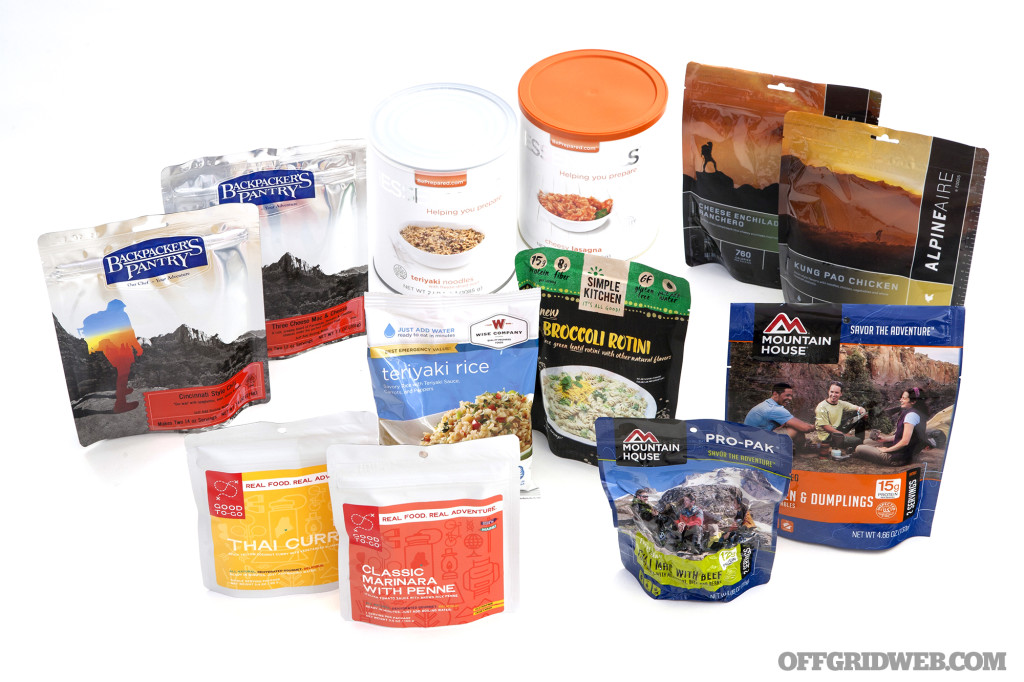
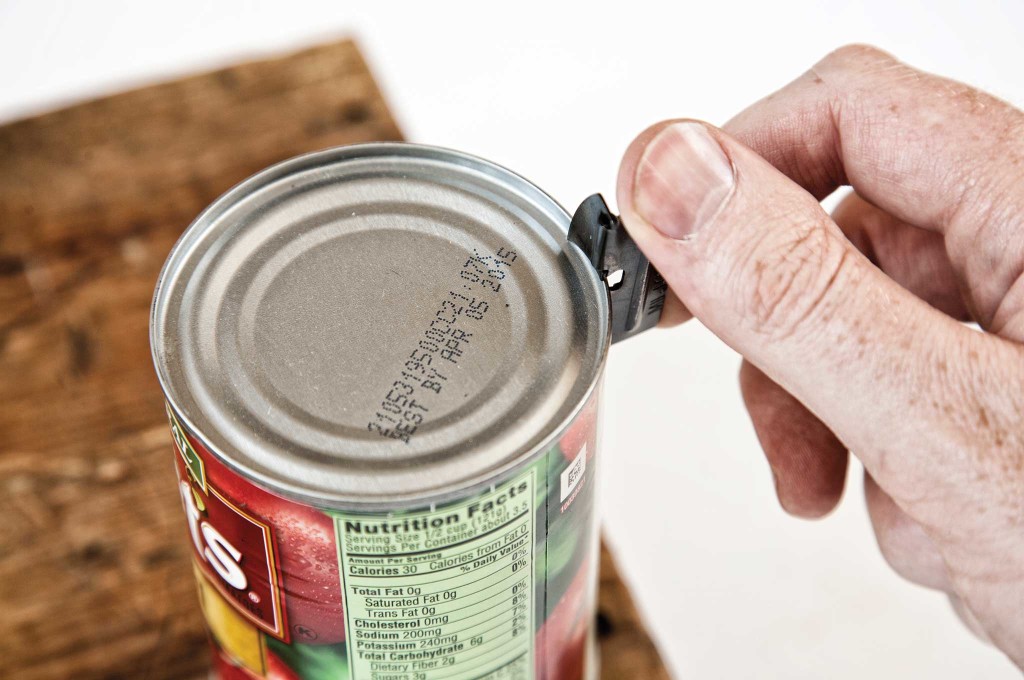

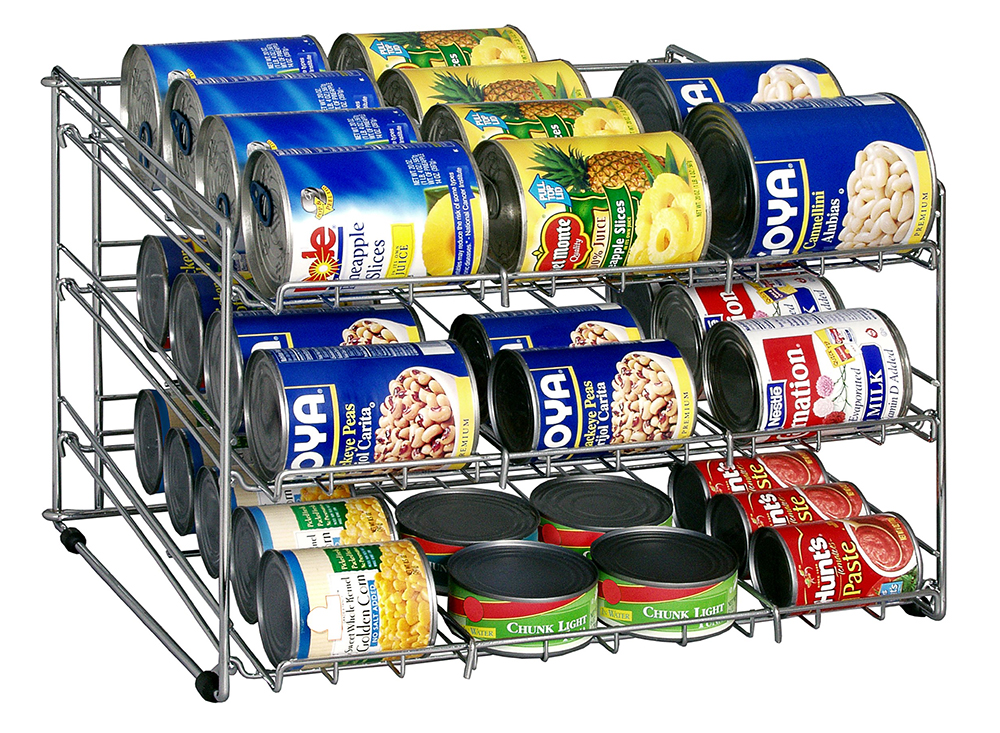



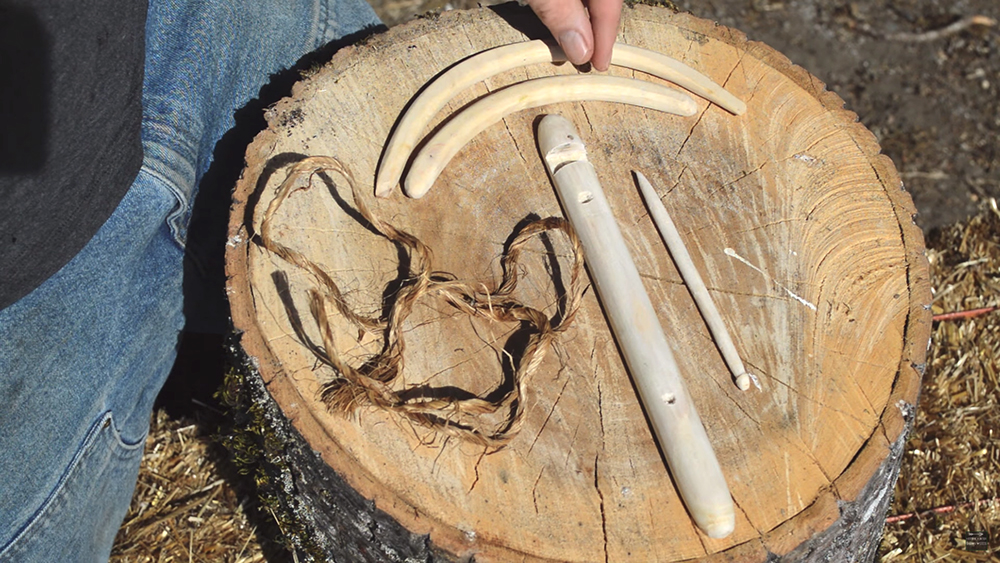
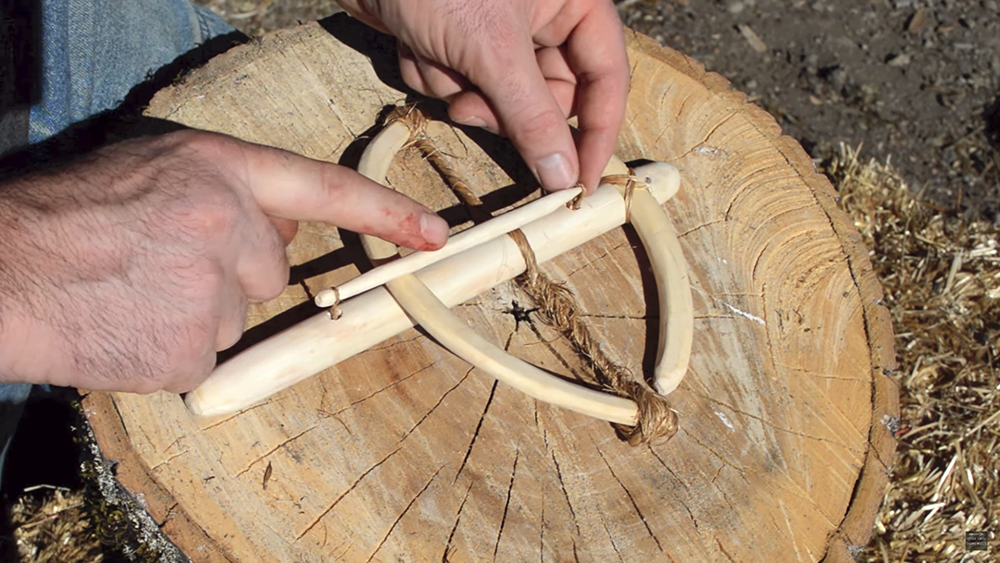

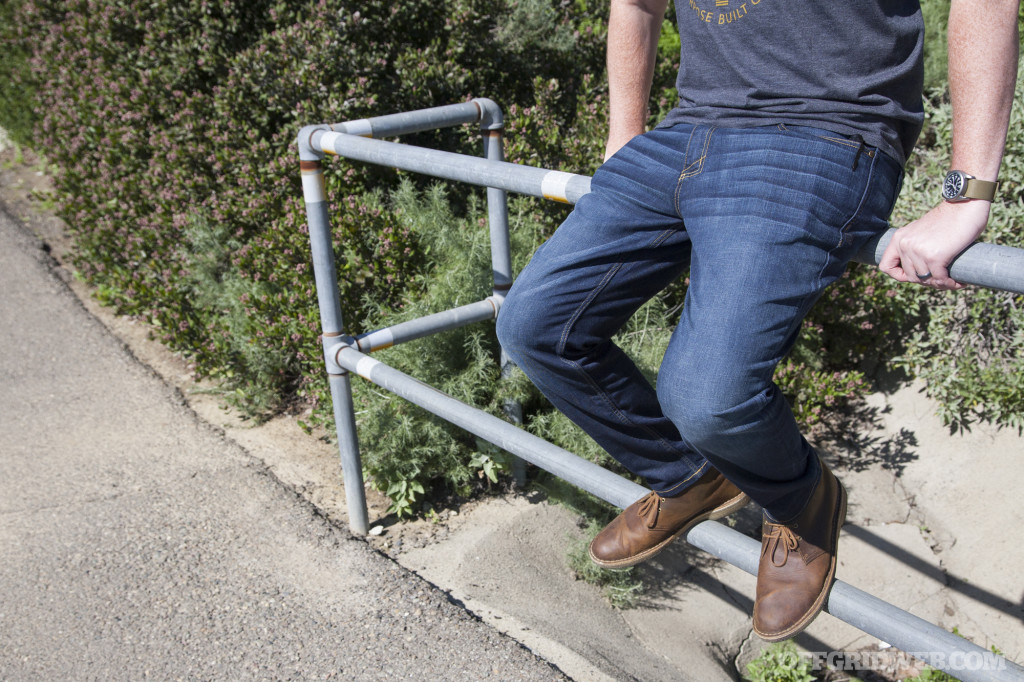
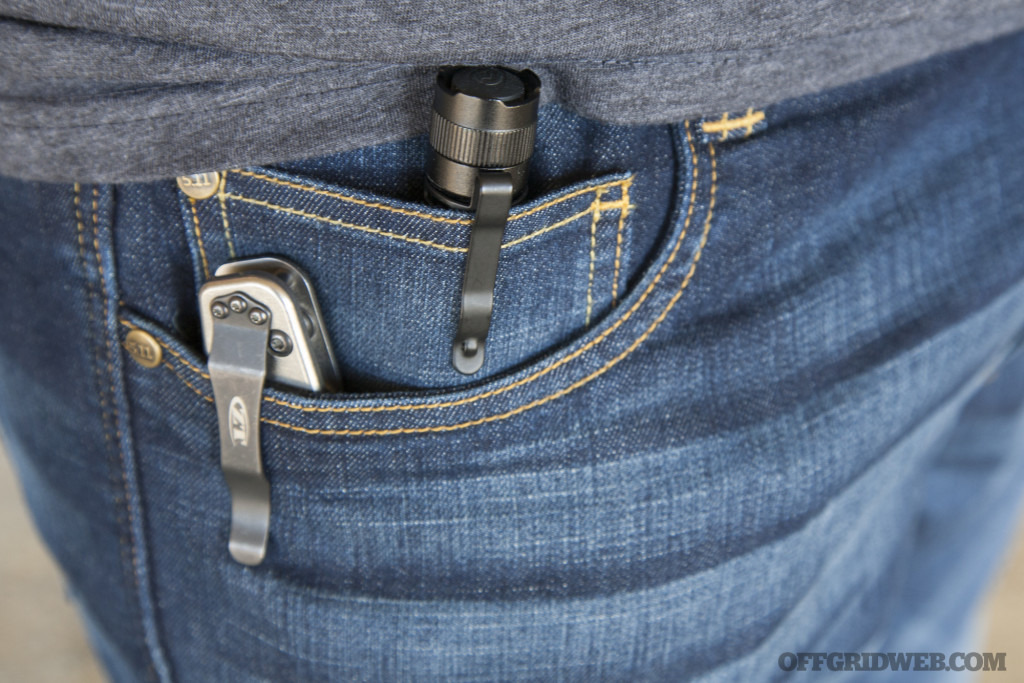

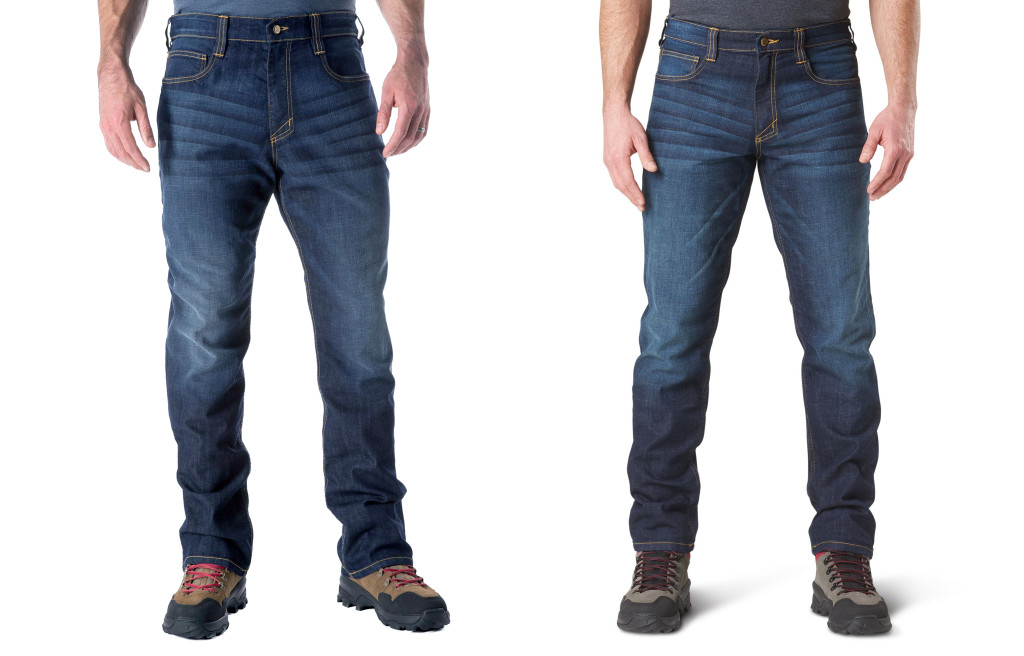

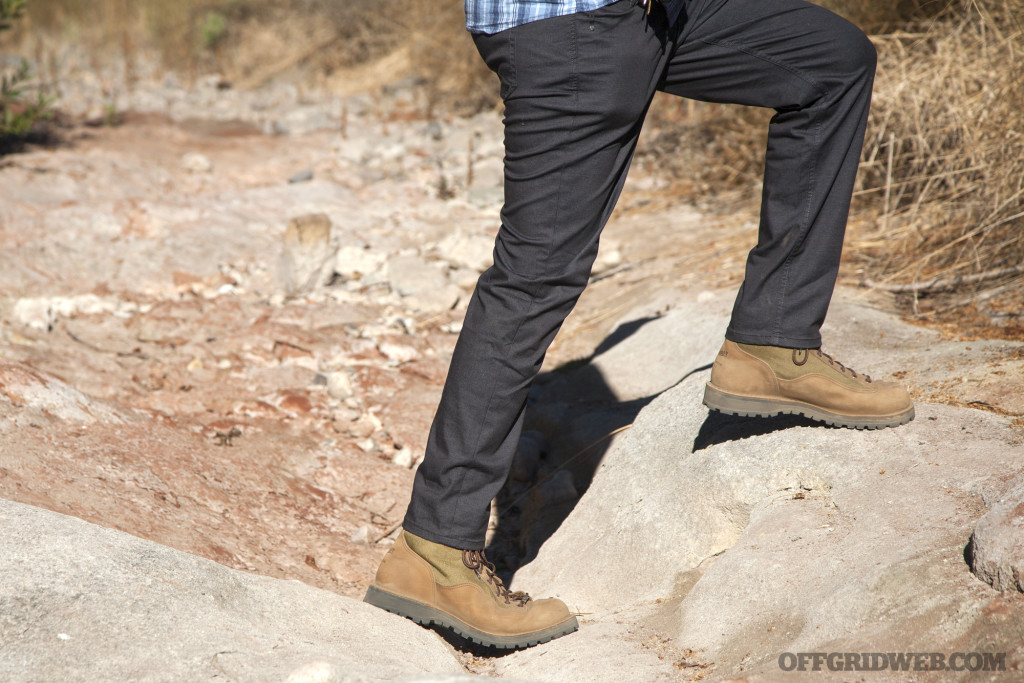
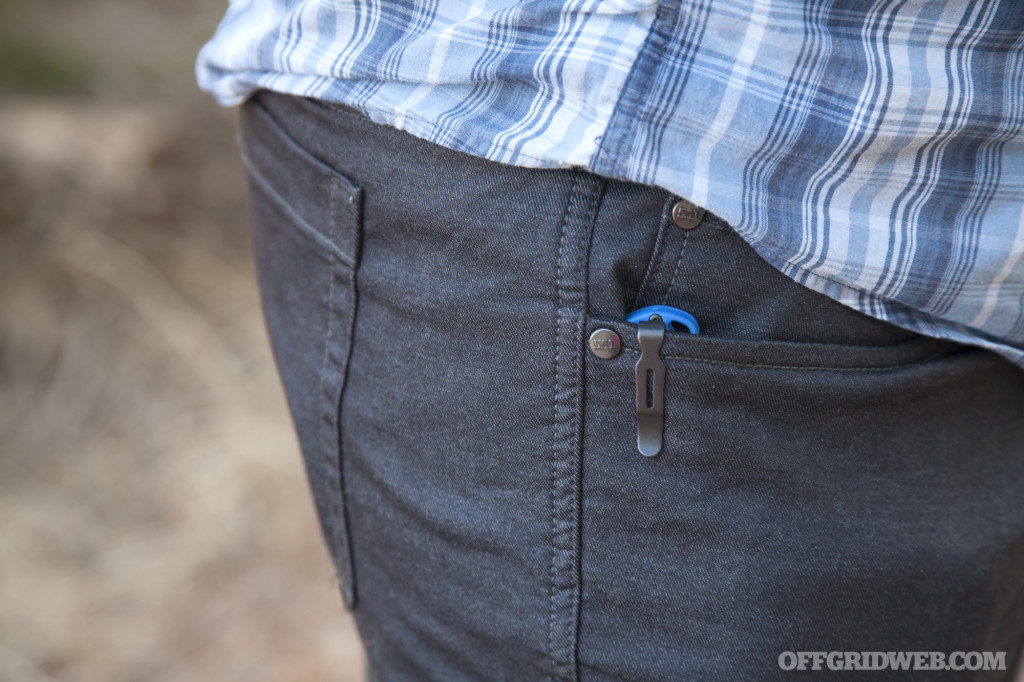
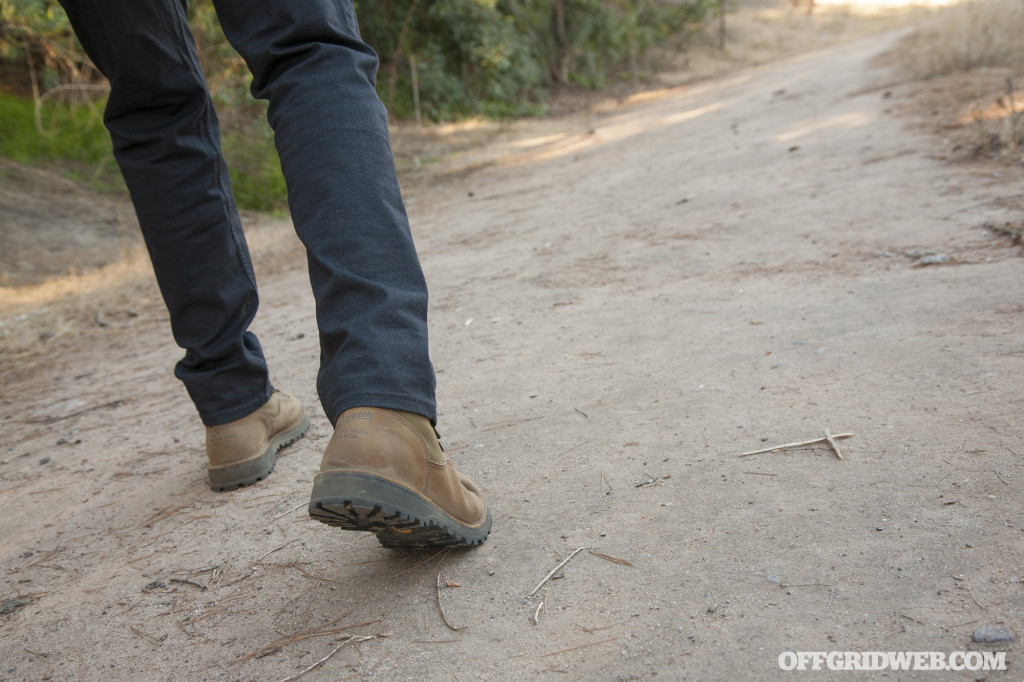
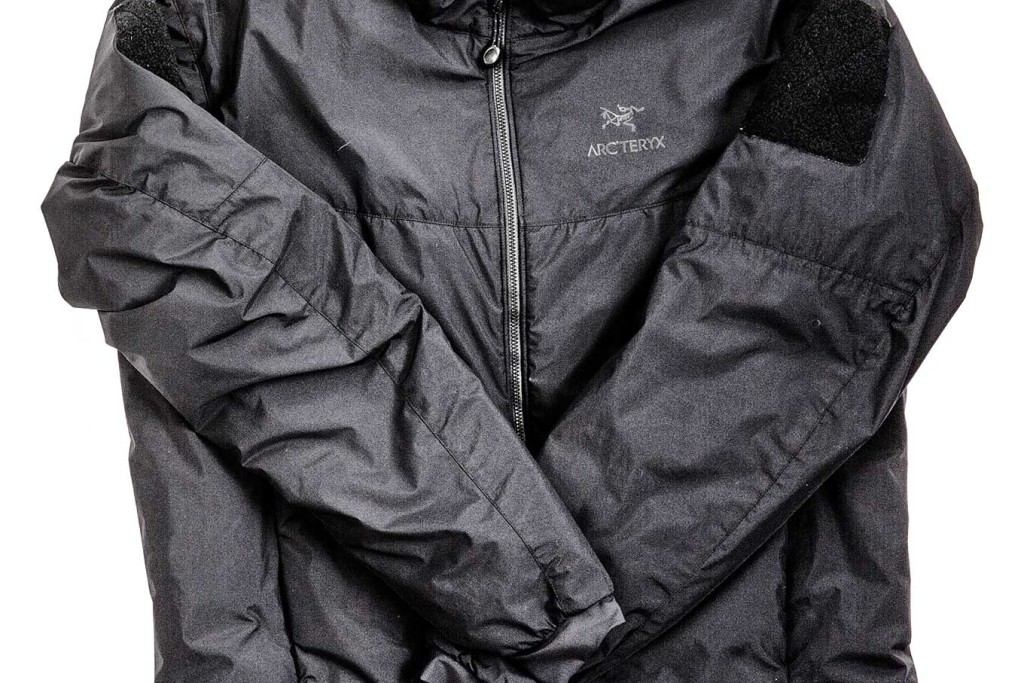
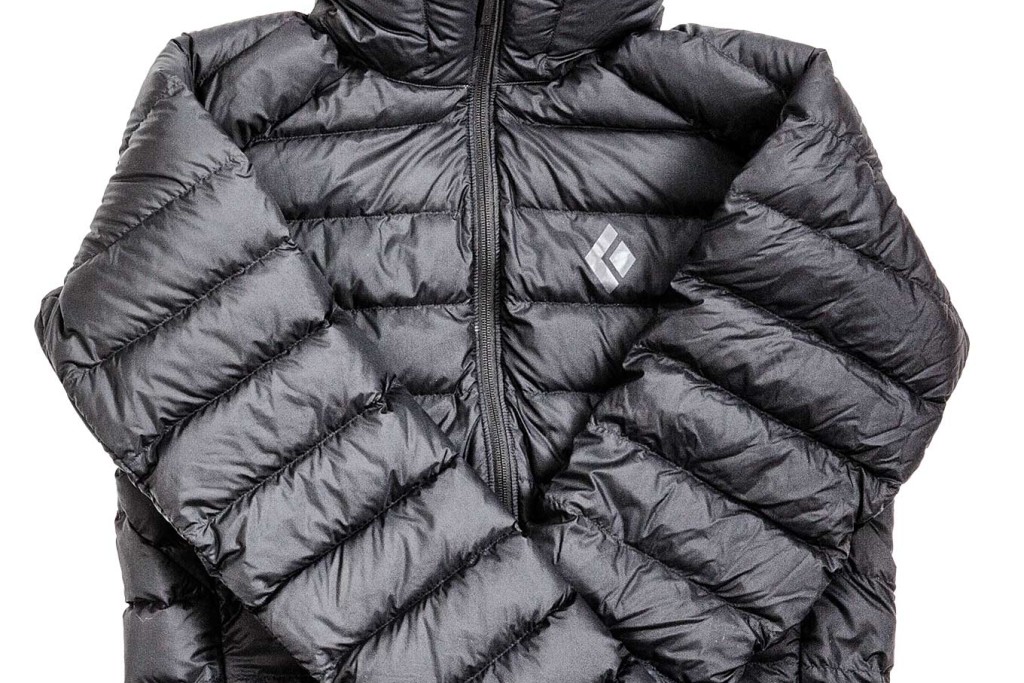
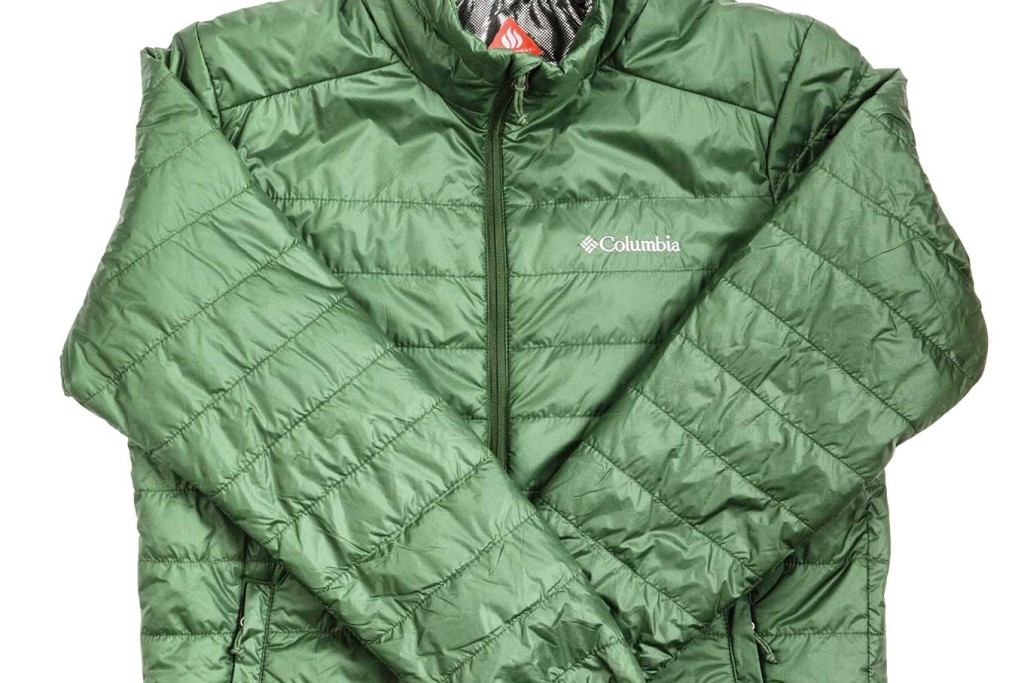
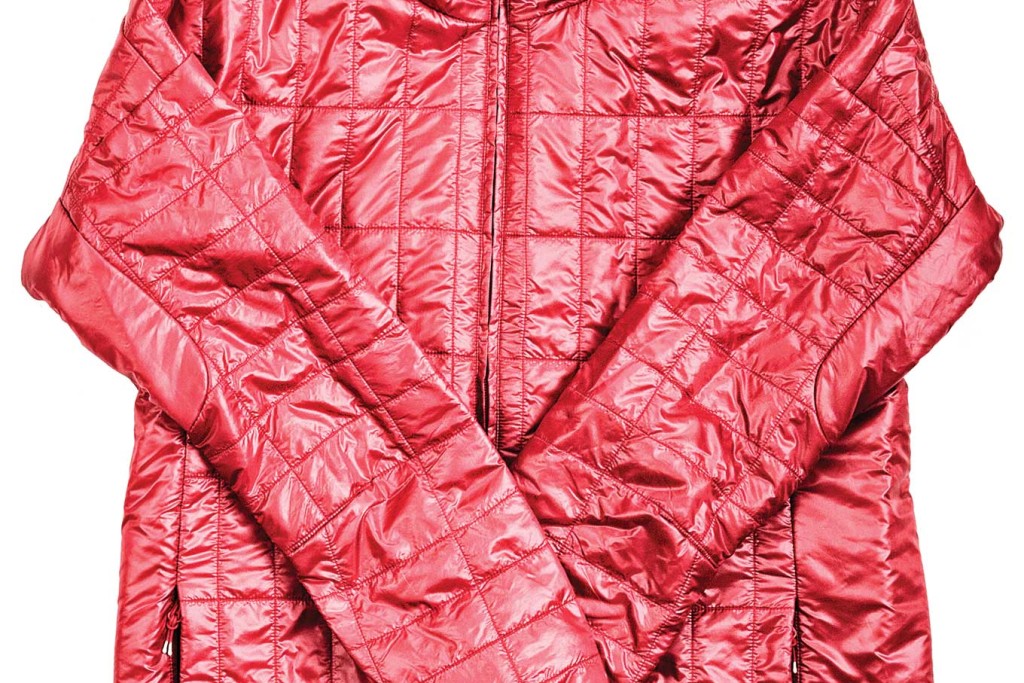
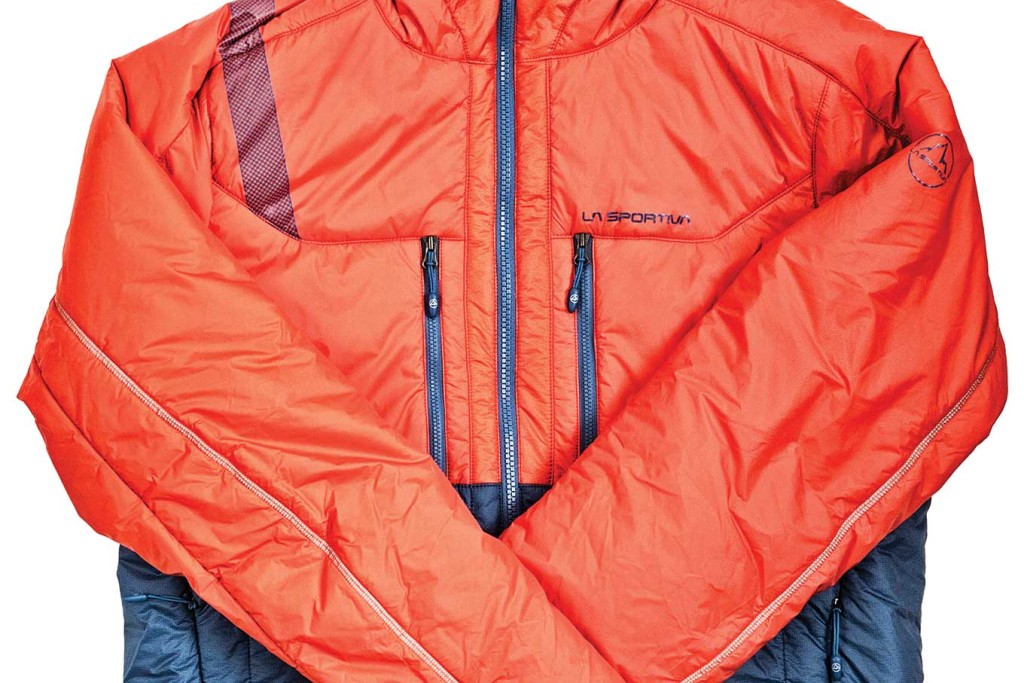
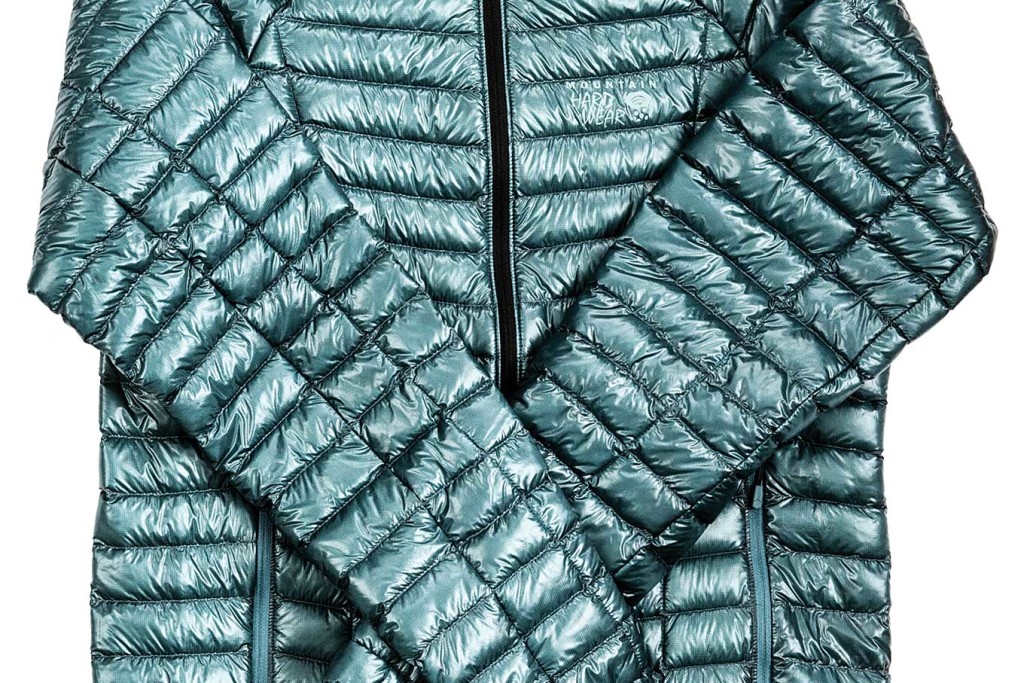
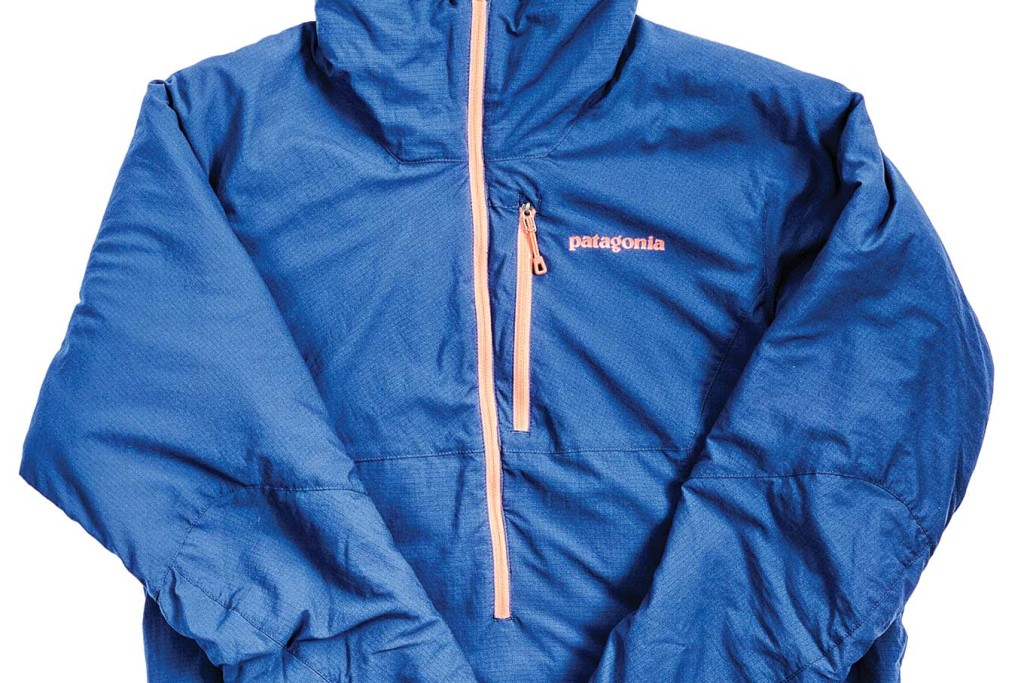
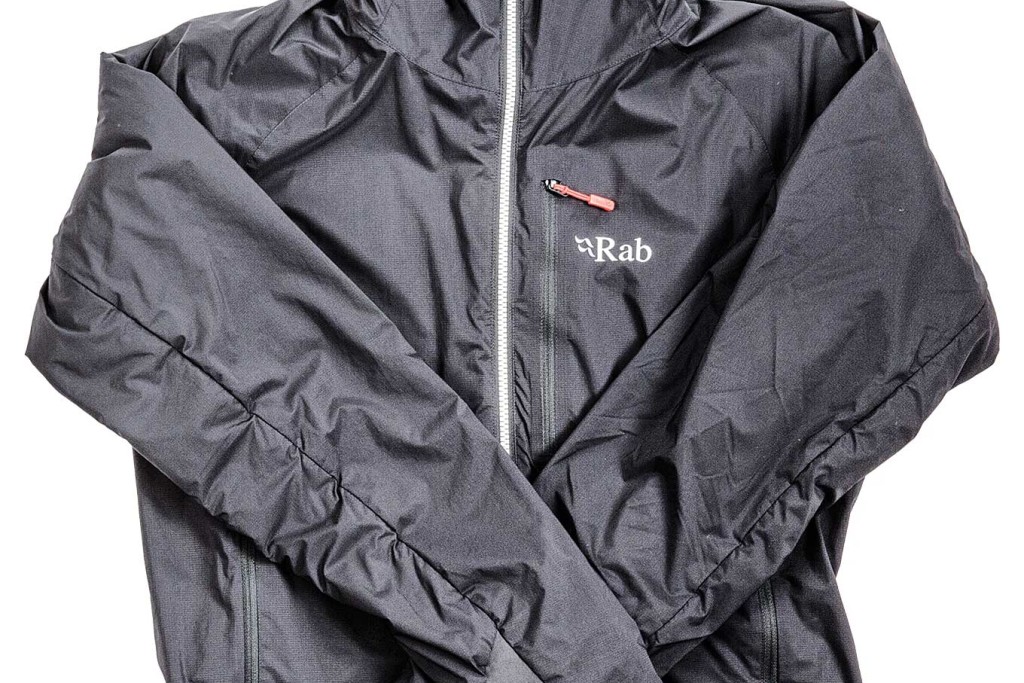

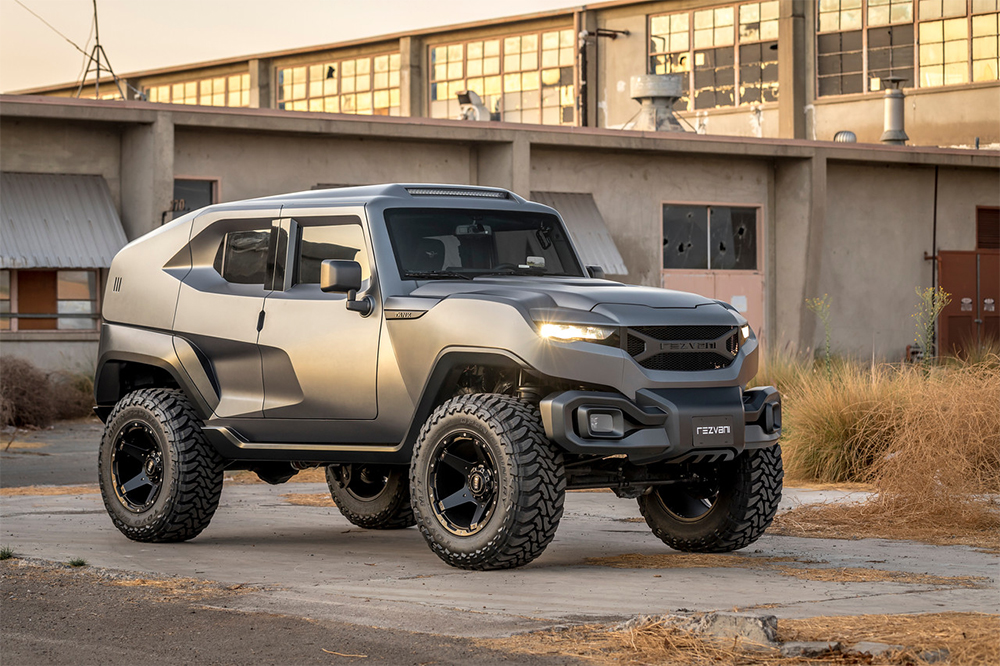
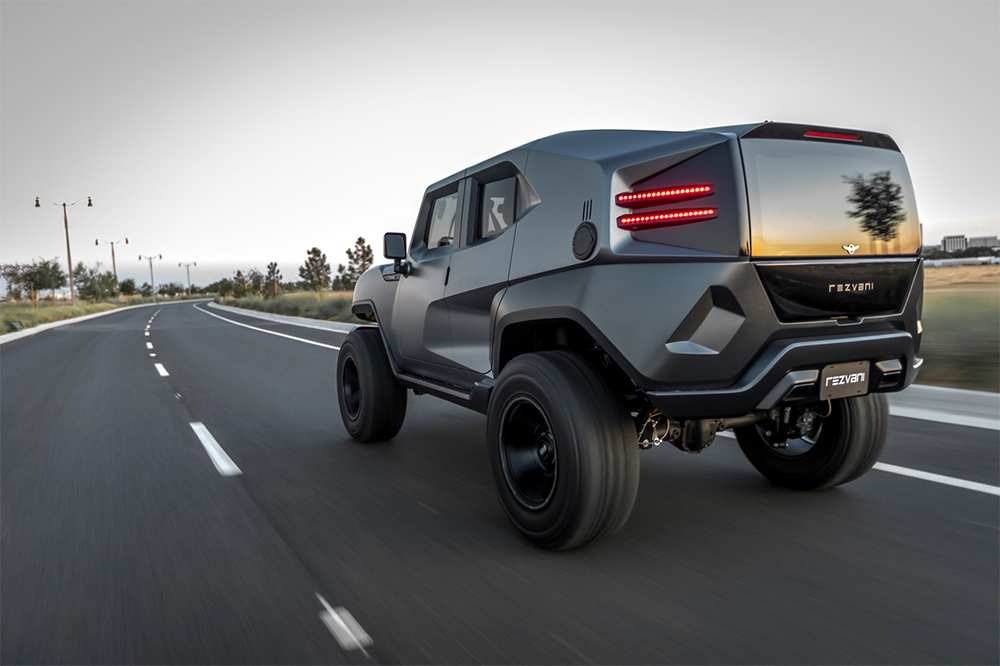
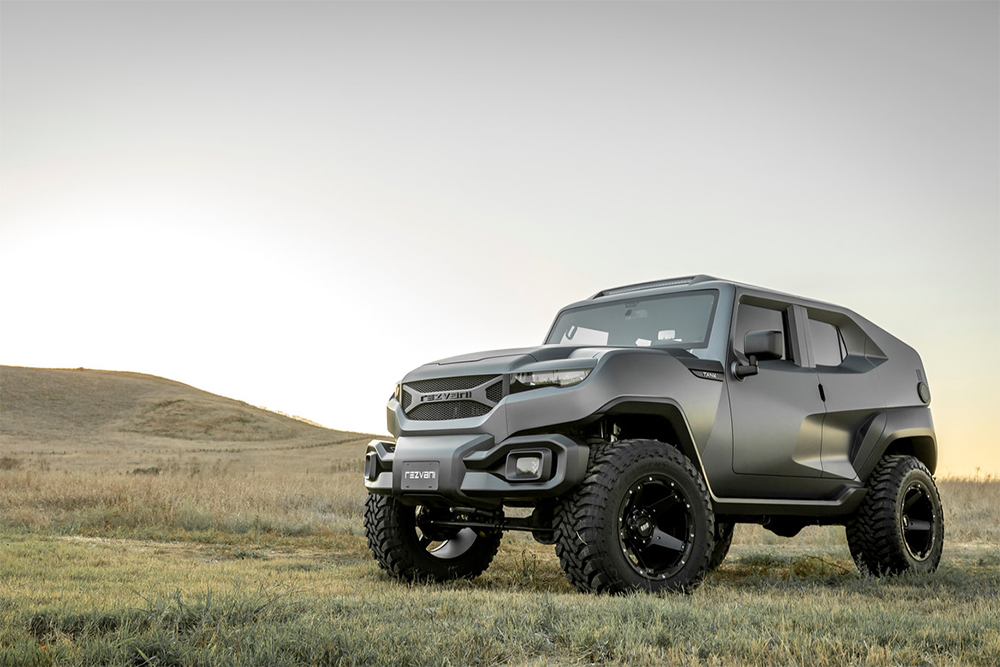
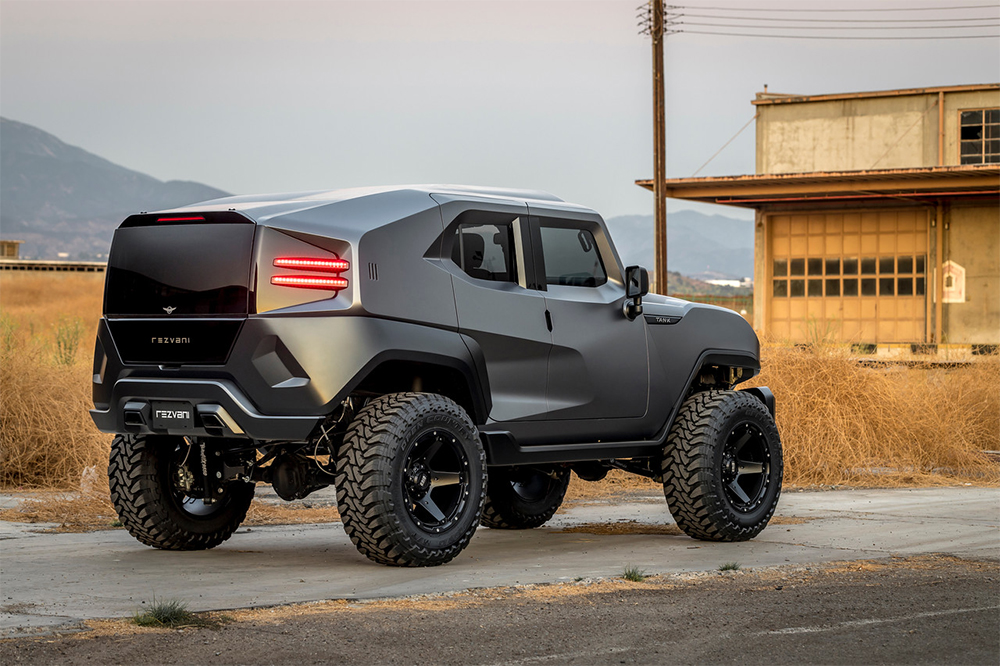
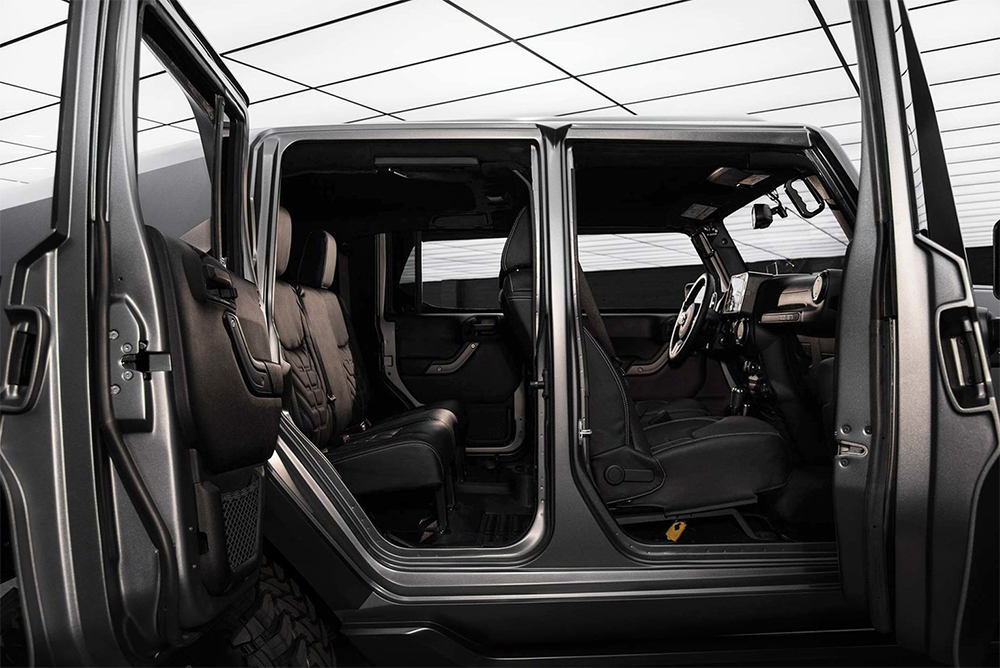

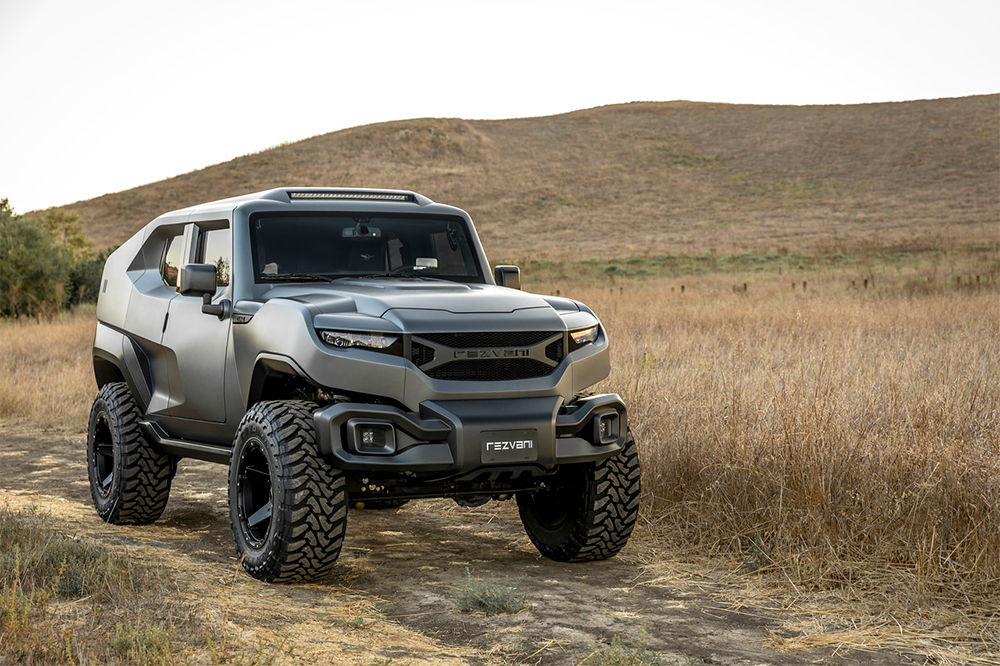






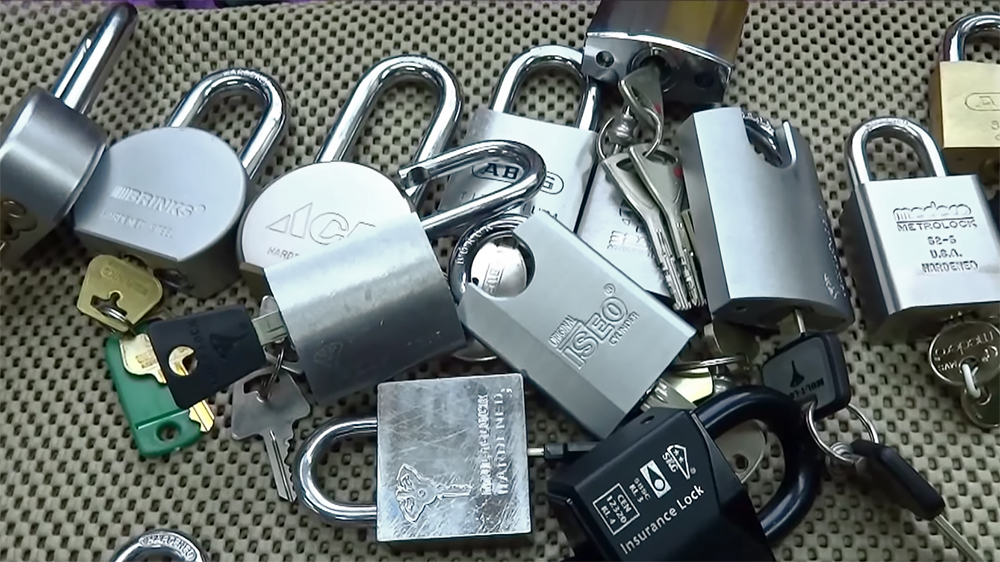
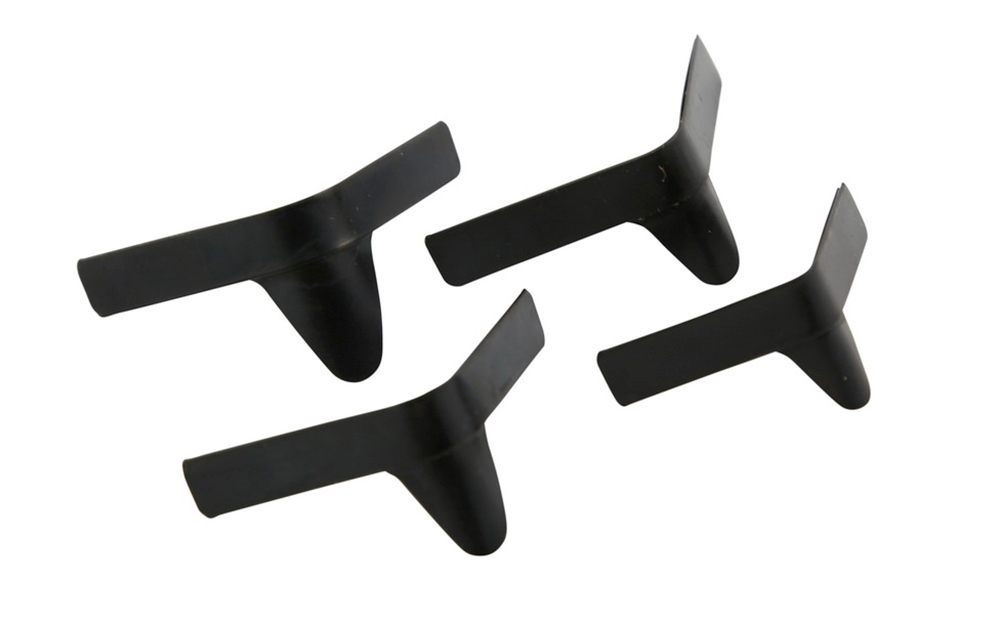
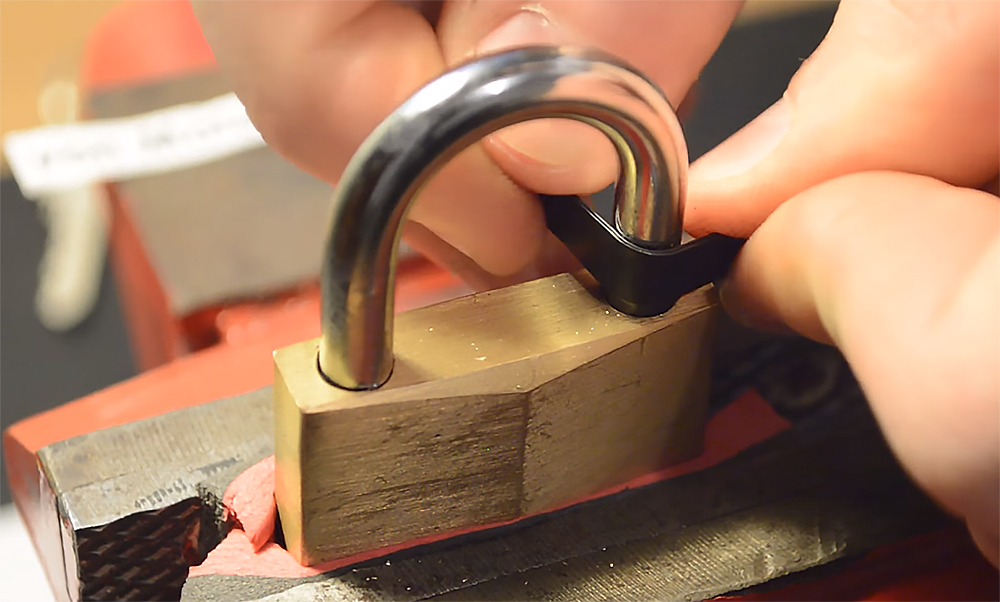
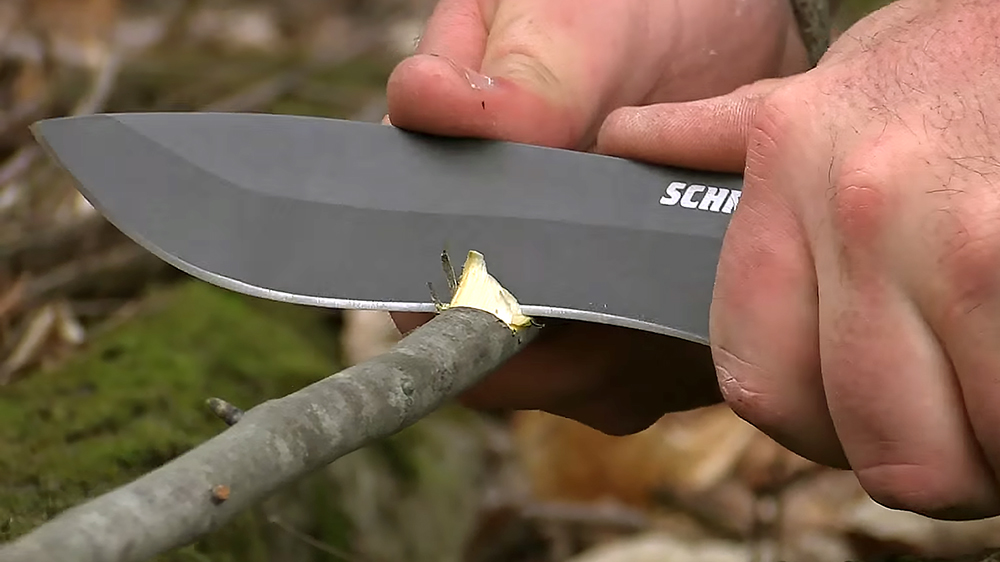
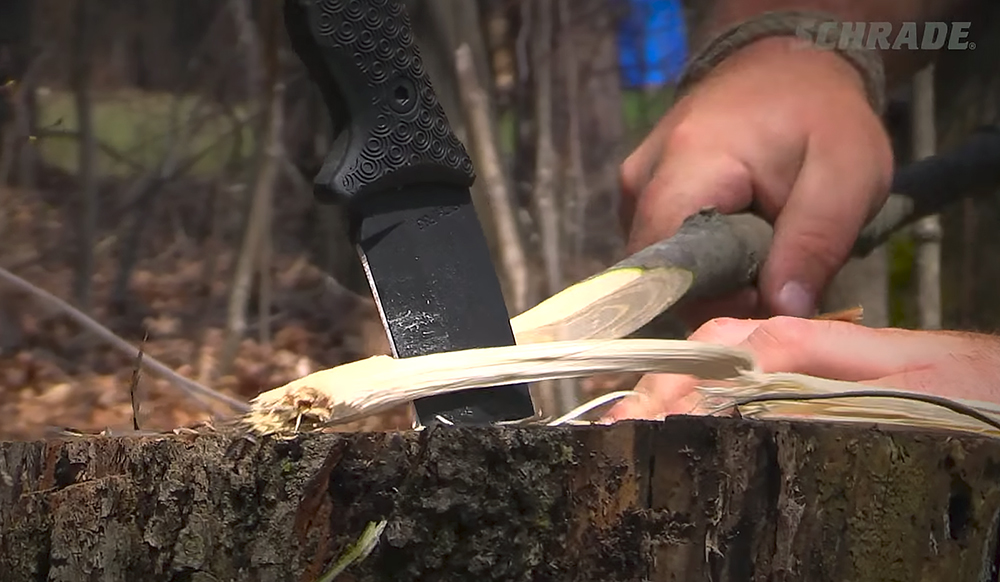


 Tim MacWelch
Tim MacWelch Jim Cobb
Jim Cobb